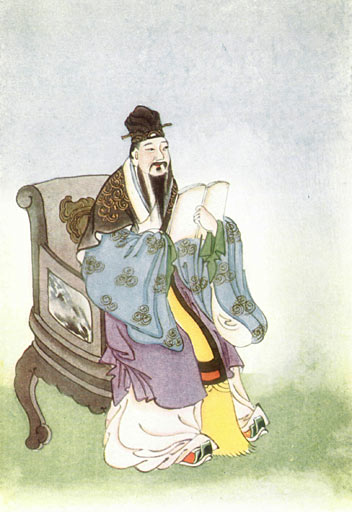Ficheru:Mencius.jpg
Mencius.jpg (352 × 512 píxels, tamañu de ficheru: 40 kB, triba MIME: image/jpeg)
Historial del ficheru
Calca nuna fecha/hora pa ver el ficheru como taba daquella.
| Data/Hora | Miniatura | Dimensiones | Usuariu | Comentariu | |
|---|---|---|---|---|---|
| actual | 20:35 27 och 2006 |  | 352 × 512 (40 kB) | PhidiasNL | {{Information |Description= Picture of the Confusian philosopher Mencius. |Source= http://www.wisegorilla.com/images/confus/Mencius.jpg |Date= / |Author= / |Permission= The website only hosts public domain pictures ([http://www.wisegorilla.com/publicdoma |
Usu del ficheru
La páxina siguiente usa esti ficheru:
Usu global del ficheru
Estes otres wikis usen esti ficheru:
- Usu en af.wikipedia.org
- Usu en ar.wikipedia.org
- Usu en az.wikiquote.org
- Usu en ba.wikipedia.org
- Usu en bn.wikipedia.org
- Usu en br.wikipedia.org
- Usu en ckb.wikipedia.org
- Usu en da.wikiquote.org
- Usu en de.wikipedia.org
- Usu en de.wikiquote.org
- Usu en en.wikipedia.org
- Usu en en.wikiquote.org
- Usu en eo.wikipedia.org
- Usu en es.wikipedia.org
- Usu en fa.wikipedia.org
- Usu en he.wikipedia.org
- Usu en he.wikiquote.org
- Usu en hr.wikiquote.org
- Usu en hu.wikipedia.org
- Usu en hy.wikipedia.org
- Usu en id.wikipedia.org
- Usu en incubator.wikimedia.org
- Usu en it.wikipedia.org
- Usu en ja.wikiquote.org
- Usu en ko.wikipedia.org
- Usu en ko.wikiquote.org
- Usu en ko.wikisource.org
- Usu en ku.wikiquote.org
- Usu en ky.wikipedia.org
- Usu en lt.wikipedia.org
- Usu en lt.wikiquote.org
- Usu en ml.wikipedia.org
- Usu en my.wikipedia.org
- Usu en nl.wikipedia.org
- Usu en no.wikipedia.org
- Usu en pl.wikipedia.org
- Usu en pl.wikiquote.org
- Usu en pnb.wikipedia.org
- Usu en pt.wikibooks.org
- Usu en pt.wikiquote.org
- Usu en ru.wikipedia.org
- Usu en ru.wikinews.org
- Usu en sco.wikipedia.org
- Usu en sh.wikipedia.org
- Usu en simple.wikipedia.org
Ver más usos globales d'esti ficheru.



